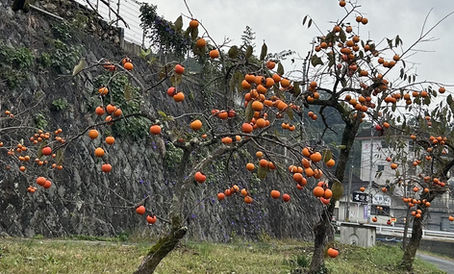"Tanada", meaning a terraced paddy field, is commonly found in the mountainous region of Japan.
- Masahisa Takaki
- Mar 31, 2022
- 1 min read
Updated: Apr 28, 2022
While traveling around Japan by car or train, you would find an extensive paddy field here and there in the countryside. It would be filled with water for rice planting early in summer, with so fresh and green grasses in mid-summer then with golden rice ears drooping heavily in autumn. These different aspects in each season are the typical scenery of Japan. The rice self-sufficiency of Japan is not far from 100 percent, which is remarkably higher than that of other foodstuffs like wheat and beef. As rice is a staple diet of Japanese people, they have repeatedly improved the way of rice cultivation to increase production mainly by species improvement, development of new rice fields as well as new irrigation methods and the like. The tanada in the picture is one of the results from these ingenious ways and means. They have strived to build tanada in the hilly areas in order to get even more rice. According to the latest survey, about 10 percent of the paddy fields in Japan is categorized as terraced one. Each paddy plot is too small to use agricultural machines, so the farmers are obliged to work without them. The locals have to be content with low labor productivity. Nevertheless, they keep on harvesting rice here year in year out. Because of the aging labor force and lack of successors, however, about 40 percent of terraced paddy is abandoned now.
Tanada would be hard to be found in Japan in the near future.
Licensed tour guide, travel consultant,
Masahisa Takaki.
全国通訳案内士 高木聖久。






